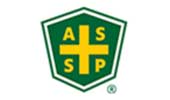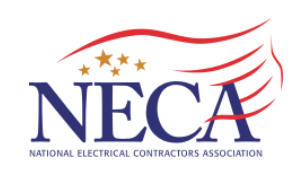Is NFPA 70E the Law?
Author: Cricket Hater

One of the questions most frequently asked about electrical safety training relates to whether employers are legally obligated to offer NFPA 70E® training. While NFPA 70E training is NOT required by law except for contractors to the Department of Energy [10CFR 851.23(a)(14)], meeting OSHA requirements for electrical safety training IS required by law. OSHA has several federal regulations about electrical safety in the workplace, and employers who fail to meet them are subject to citations, fines and penalties. NFPA 70E helps employers meet the performance requirements of the OSHA standards for electrical safety.
The relationship between OSHA and NFPA 70E
The Occupational Safety and Health Administration (OSHA) is a federal agency that operates under the U.S. Department of Labor. The mission of OSHA is: “to assure safe and healthful working conditions for working men and women by setting and enforcing standards and by providing training, outreach, education and assistance.” (Source: OSHA.gov)
Furthermore, the general duty clause of the Occupational Safety and Health Act of 1970 states that an employer “shall furnish to each of his employees employment and a place of employment which are free from recognized hazards that are causing or likely to cause death or serious physical harm to his employees.”
To address those hazards related to electrical safety, OSHA relies upon the consensus standards established by NFPA in its 70E Standard for Electrical Safety in the Workplace. OSHA refers to these standards when developing regulations for the CFR (Code of Federal Regulations) pertaining to federal labor laws. For example, OSHA requires that employees be trained to recognize and protect themselves from specific electrical hazards. So while the NFPA 70E standard itself is not law, it establishes the safety guidelines which enable employers to comply with OSHA laws dealing with electrical workplace safety and required employee electrical safety training.
What is NFPA?
The National Fire Protection Association (NFPA) is an international nonprofit organization established in 1896 whose mission is “to reduce the worldwide burden of fire and other hazards on the quality of life by providing and advocating consensus codes and standards, research, training, and education.” It is the world’s foremost advocate in the area of fire prevention and public fire safety. The organization, whose membership totals more than 70,000 individuals globally, publishes and distributes more than 300 consensus codes and standards for the prevention and minimization of fire related injuries. This includes requirements for safe work practices to protect personnel by reducing exposure to major electrical hazards.
From the NFPA Website:
“NFPA 70E requirements for safe work practices protect personnel by reducing exposure to major electrical hazards. Originally developed at OSHA’s request, NFPA 70E helps companies and employees avoid workplace injuries and fatalities due to shock, electrocution, arc flash, and arc blast, and assists in complying with OSHA 1910 Subpart S and OSHA 1926 Subpart K.”
It is important to note, following the procedures outlined in NFPA 70E Subpart I and R also assist in OSHA 1910 compliance. Subpart I focuses on Personal Protective Equipment (PPE) and Subpart R, Section 1910.269® addresses high voltage maintenance and operation.
Other resources
NFPA 70E Training by e-Hazard
Do You Need Electrical Safety Training?
Join thousands of happy customers who have gone through our training.





